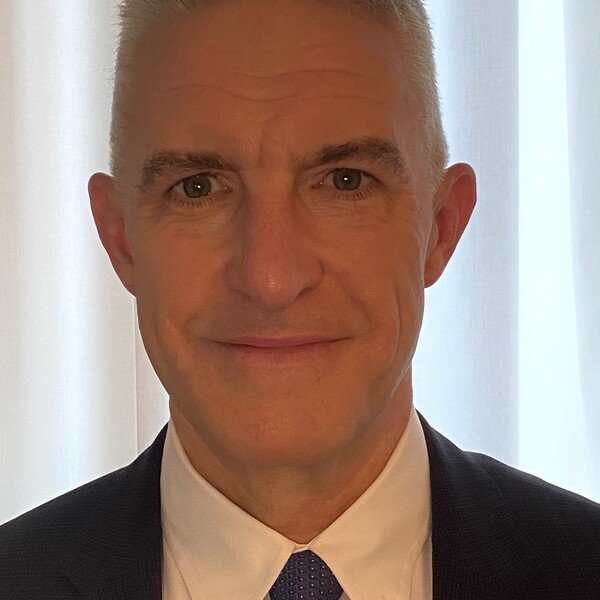Main Second Level Navigation
Assistant Professor
James Helman
Anesthesia
MD

Location
Sunnybrook Health Sciences Centre
Address
2075 Bayview Avenue, Toronto, Ontario Canada M4N 3M5
Appointment Status
Primary
Accepting
contact faculty member for more information
Dr Jason Denis (JD) Cyr was born in rural New-Brunswick. He obtained his MD from l'Université de Sherbrooke, and his residency at Queen's University. Since completing his fellowship in pediatric anesthesiology in 2013, he began his career at McMaster's Children Hospital. He then moved to a large community hospital in the GTA, before returning to SickKids. JD is dedicated to a meaningful learner experience, while providing family-centered clinical care.